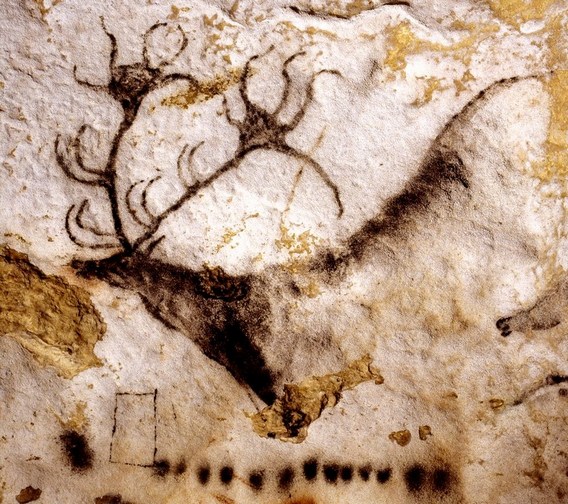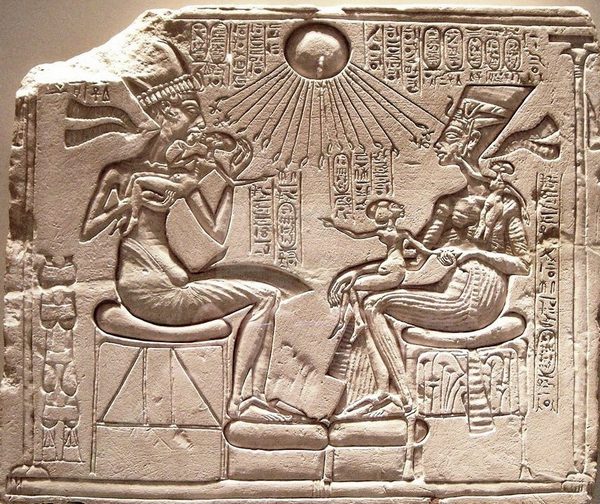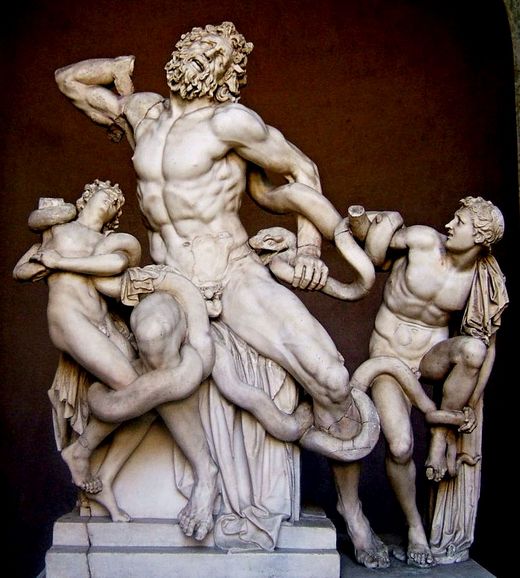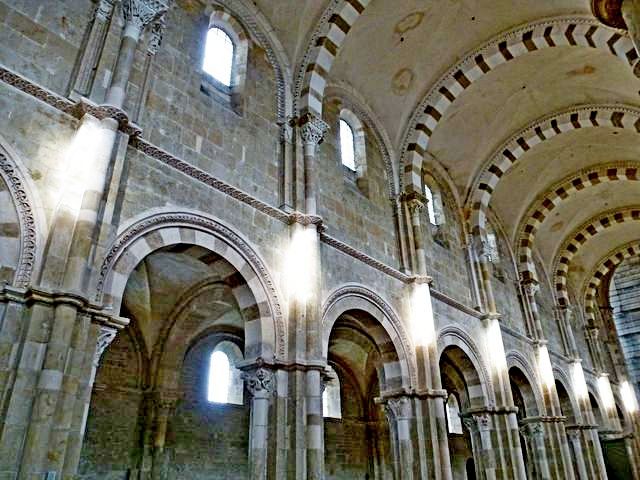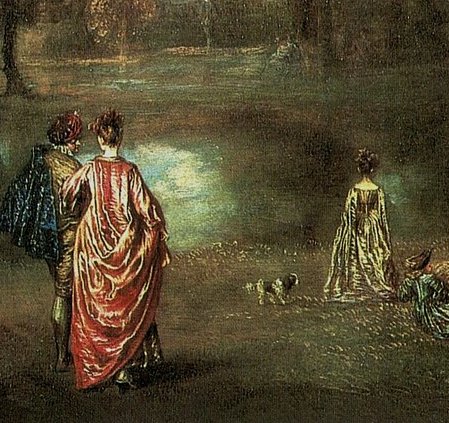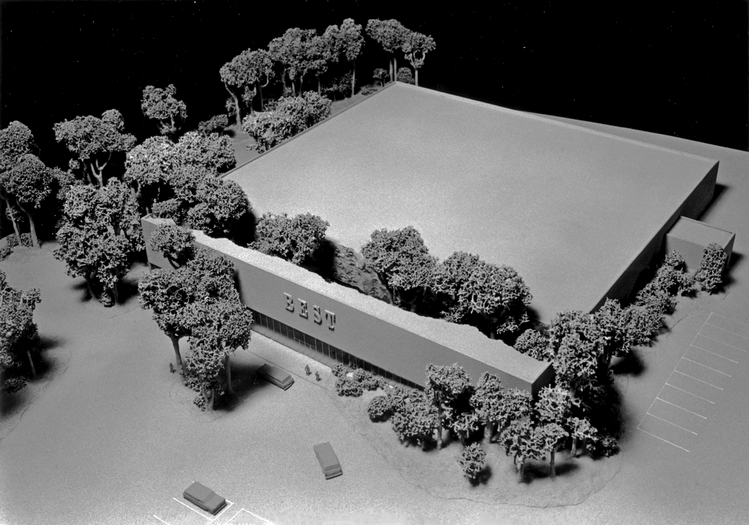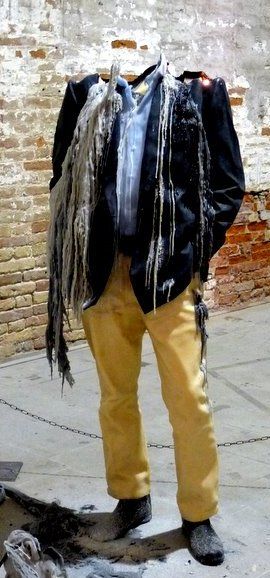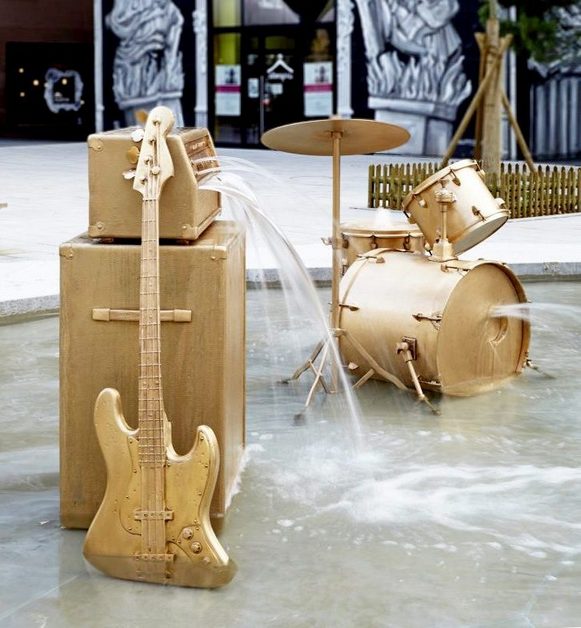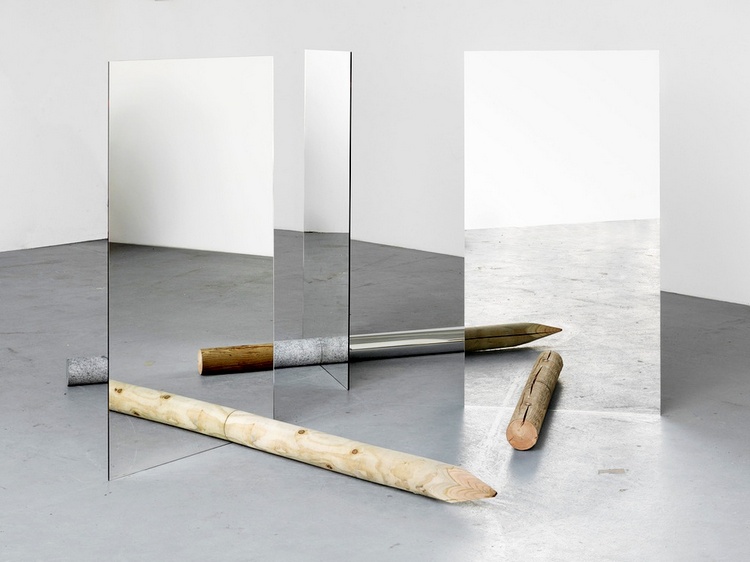|
New available texts in English:
|
|
New available texts in French:
|
|
|
|
|
|
Very concrete confrontation, on a case-by-case basis, of the pure motionless material of the wall with the appearance of an animal animated by the will of its spirit or with abstract graphics signaling the intervention of the human spirit |
|
Necessarily monstrous fusion, always on a case-by-case basis, of matter with spirit (here, fusion of the matter of the wall with the completely undone material appearance of women animated by the will of their spirit) |
|
|
|
|
|
|
Depending on the civilization, the notion of matter or that of spirit is set up as a dominant global notion by the gathering of all of its aspects (here, it is the matter of the Sun, Aton, which sets itself up as a globalizing unit dominating Akhenaton and Nefertiti endowed with a spirit) |
|
In turn, the second notion reachs the status of a global notion (here, after the rigidity of archaic Greek sculptures, the materiality of the body of each figure asserts itself as a global and perfectly articulated unit) |
|
|
|
|
|
|
The two now global notions put themselves in mutual relation (here, the spirit of the builder makes visible the articulation that he realizes of the forces of gravity which develop in matter) |
|
Establishment of a difference, as sharp as possible, between matter and spirit (here, the shiny reflections that attract the attention of our spirit stand out against the dark matte of the matter of the clothes, the ground and the pond |
|
|
|
|
|
|
Strongest possible autonomy of matter and spirit from each other (here, the spirit of the painter demonstrates its ability to deny the continuity of the material envelope of the body of the figure) |
|
Matter and spirit end up forming a pair of two notions that are both separate and complementary (here, in addition to the material appearance fractured in two of the building, separately our mind understands that it is a single building) |
|
|
|
|
|
|
After the completion of the matter/spirit cycle, preparation for the birth of a new cycle opposing two notions, this time manufactured-product and intention (here, the use of the manufactured candle implies the destruction of the intention to show a figure |
|
The emergence of the notion of intention gives rise to the manufacture of works with incompatible intentions (here, the intention to manufacture musical instruments is completely incompatible with the intention to use them to manufacture a fountain) |
|
|
|
|
|
|
The first confrontation between intention and manufactured-product gives rise to sorts of lumps which will only be reabsorbed at the end of the period (here, the intention of mixing two faces to give the work a bizarre appearance does not agree with its manufacture which respects the normal general appearance of a human face) |
|
By equivalence with the 2nd period of the matter/spirit cycle, the fusion between a manufactured-product and an intention gives birth to "monstrous" creations (here, the intention was to manufacture the continuous pencil of the background by the artificial assembly of separate pieces of real pencils and pencil reflections in multiple mirrors) |
|
|
The birth of the manufactured-product/intention cycle after the end of the matter/spirit cycle is justified as a continuation of the latter when it has reached the end of its evolution and therefore cannot go any further. A manufactured-product must in fact be understood as matter transformed by spirit, and therefore as an amalgam of matter and spirit. Moreover, if each artist has always had an intention when creating works throughout the matter/spirit cycle, now the notion of intention manifests itself as a very distinct aspect from that of spirit to which it was previously indistinctly incorporated, and therefore without specific influence.
|
![]() French version of this summary
French version of this summary
Caption :
1st period : Lascaux Cave, France (source : http://archeologie.culture.fr/lascaux/fr/mediatheque)
2nd period : Fronsac Cave, France (source : Préhistoire de l'art occidental - Citadelles & Mazenod - 1995
3rd period : Domestic altar from a dwelling in Tell el Amar, Egypt (Source : https://commons.wikimedia.org/wiki/File:Akhenaten,_Nefertiri_and_three_daughers_beneath_the_Aten_-_Neues_Museum_-_Berlin_-_Germany_2017_(cropped).jpg?uselang=fr)
4th period : Laocoön and his sons, Greece (source : https://commons.wikimedia.org/wiki/File:Laocoon_and_His_Sons_black.jpg)
5th period : The Romanesque nave of the basilica of Vézelay, France (source unknown)
6th period : Jean-Antoine Watteau - Assembly in a park, detail (source : https://collections.louvre.fr/en/ark:/53355/cl010059596)
7th period : Pablo Picasso, Portrait of Kahnweiler (source : https://en.wikipedia.org/wiki/File:Picasso_Portrait_of_Daniel-Henry_Kahnweiler_1910.jpg)
8th period : James Wines, building/forest in Richmond for the chain store Best, USA (Source : https://www.archdaily.com/783491/interview-with-james-wines-the-point-is-to-attack-architecture/56e02d78e58eceb7a0000063-interview-with-james-wines-the-point-is-to-attack-architecture-photo?next_project=no)
9th period : Urs Fischer, Partially melted Candleman at the 2011 Venice Biennale (source : http://nezumi.dumousseaux.free.fr/wiki/index.php?title=Urs_Fischer)
10th period : Vincent Kohler, Unplugged in Lausanne, Switzerland (source : https://www.vincentkohler.ch/unplugged/)
11th period : David Altmejd (source : https://www.bewaremag.com/david-altmejd/)
12th period : Alicja Kwade, Light Transfer of Nature (source : https://alicjakwade.com/works/light_transfer_of_nature)
